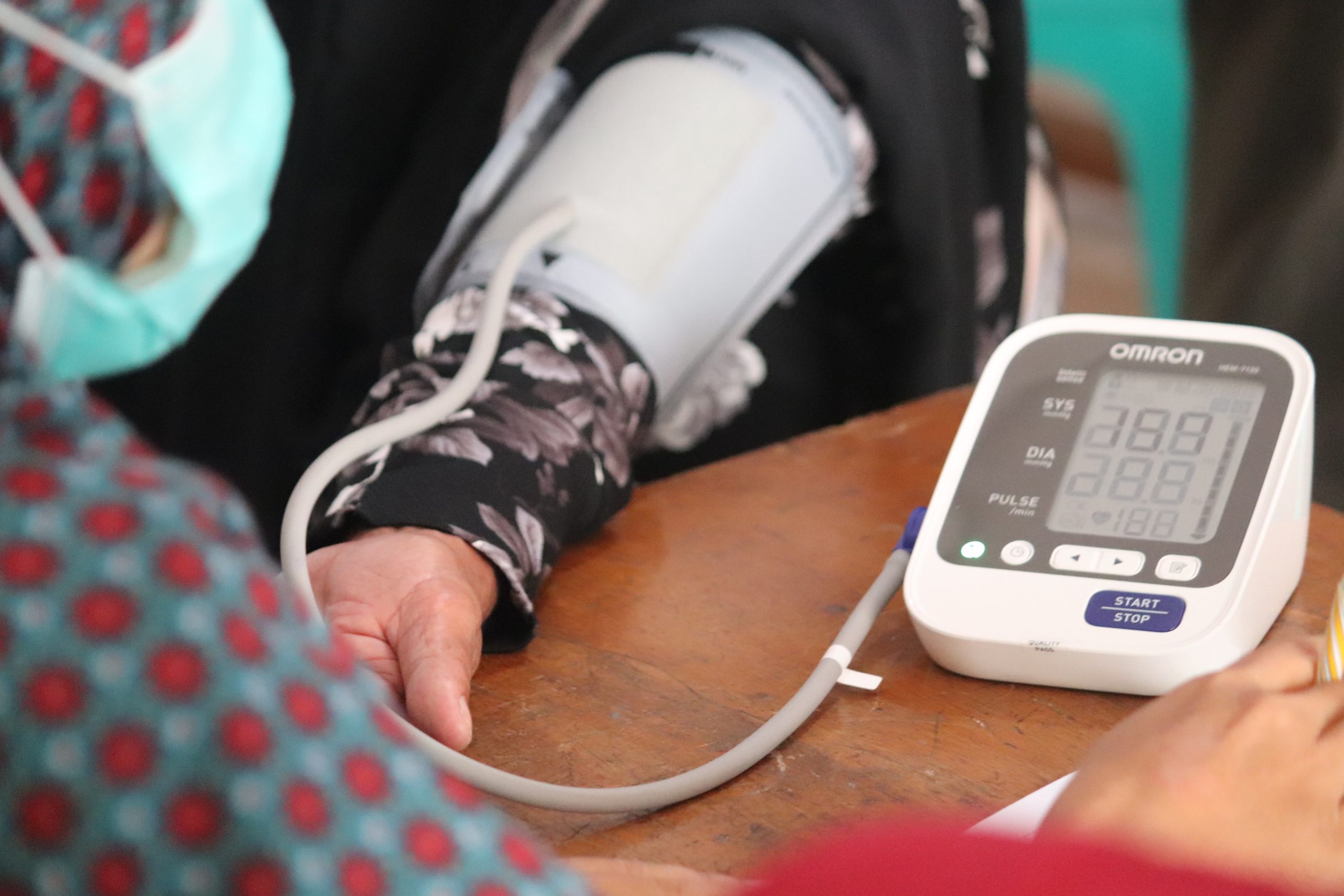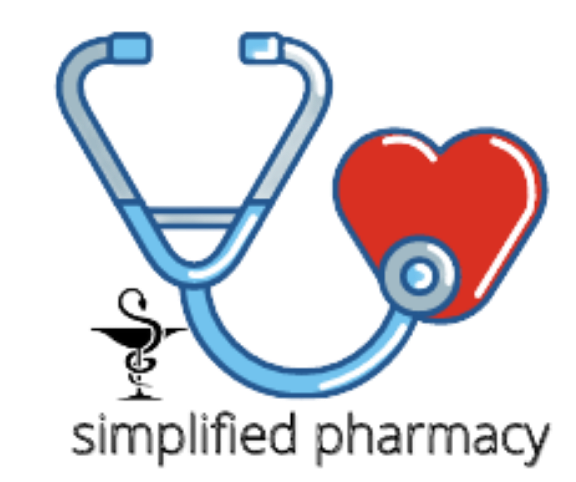
Hypertension is a big deal… because it puts stress on your heart and your arteries, raising your chances of a heart attack or stroke.
Over time, high blood pressure can damage and narrow your arteries reducing blood flow around your body.
And since all the tissues and organs in your body need blood to work, that means things like your brain, your kidneys, your eyesight and your sex life can be affected, reducing the quality of your life and shortening it significantly.
Salt… as used in cooking, in preserving and processing foods, and as a flavour enhancer… is sodium chloride, which consists of sodium 40% and chlorine 60% by mass. Salt dissolves in water and breaks up into its sodium and chlorine ions. Your body cannot make sodium chloride and depends on your diet for a healthy supply of this nutrient.
Is too much salt really the cause of high blood pressure?
In the 2017 issue of the American Journal of Medicine it was claimed in a paper titled Is Salt a Culprit or an Innocent Bystander in Hypertension? that the notion that excessive salt consumption leads to hypertension is based on opinion, not on fact.
The paper cited a Cochrane Review of almost 170 studies which noted that sodium restriction only lowers blood pressure by 1% to 3% in people with normal blood pressure (normotensives) and between 3.5% and 7% in people with high blood pressure (hypertensives).
However, a low sodium intake was associated with a greater risk of cardiovascular events and death in both hypertensives and normotensives.
This suggests that that lowering sodium intake is best targeted at populations with hypertension who consume high salt diets.
The notion that there is no good science to back up the hypothesis that salt is one of the major causes of hypertension is open to challenge.
Indeed, sodium is an essential ion for nerve conduction, muscle contraction and cell signalling, so restricting your intake of salt unduly could be harmful.
Clinic studies showing that excessive salt intake increases BP
Recent estimates suggest that, globally, 62% of cerebrovascular disease and 49% of ischaemic heart disease are attributable to elevated blood pressure.
All foods contain some degree of salt but meat (about 0.3g per kg on average) contains more than vegetables.
An individual’s intake of salt in Palaeolithic times was less than 1g per day. About 5,000 years ago the use of salt in the diet began to rise after the Chinese discovered that it could be used to preserve food. Over time, as the use of salt spread, daily intake rose to a peak of about 12g/day in the 19th century.
The association between salt intake in the diet and blood pressure was first shown in 1904 when Ambard and Beaujard experimented with high and low salt diets on six patients… high salt diets made BP (blood pressure) go up and low salt diets had the reverse effect.
Another well-conducted landmark study was the DASH (Dietary Approaches to Stop Hypertension)-Sodium trial, a 12-week well controlled feeding trial provided the most robust evidence about the effect of salt intake on human BP. It was published in the New England Journal of Medicine in 2001.
Despite recent reservations, the link between salt intake and BP levels seems to have been demonstrated scientifically and fairly conclusively in the last few decades. So how can the contradicting results of recent studies be explained?
Is there another factor influencing BP levels?
Sodium and potassium… two essential electrolytes
Your body removes unwanted fluids and waste products by filtering your blood through your kidneys, where the unwanted fluids are sucked out and sent with the wastes to your bladder to exit as urine. A combination of two essential electrolytes, sodium and potassium, are needed to enable this to happen.
The problem with eating a lot of salt is that it raises the amount of sodium in your bloodstream and wrecks the delicate balance between sodium and potassium, reducing your kidneys’ ability to remove the water, so the water and wastes remain in your bloodstream.
Over time, this extra strain can damage the kidneys, bringing on kidney disease. This reduces their ability to filter out toxic waste products, which then start to build up in the body.
If kidney disease is left untreated and your blood pressure isn’t lowered, you end up with kidney failure… you are no longer able to be filter the blood and the body slowly becomes poisoned by its own toxic waste products. The only solution is regular dialysis, a messy, painful and tedious procedure.
Your intake of potassium is important
The DASH-Sodium trial (mentioned above) showed that a systematic change of diet to boost intake of fibre, magnesium, calcium, and potassium could reduce blood pressure significantly. This effect was further boosted by limiting sodium intake.
This has since been confirmed by many studies. Individual and Combined Effects of Dietary Factors on Risk of Incident Hypertension, a study published by the US National Library of Medicine, National Institutes of Health in October 2017, concluded that the secret to lower blood pressure in the long-run was to eat a diet that is both low in sodium and high in potassium.
Research in recent years has shown that potassium intake directly regulates how much salt (sodium) the kidneys excrete. High potassium intake forces the kidney’s to excrete more sodium. In other words, increasing dietary potassium is just as important as decreasing sodium when it comes to reducing blood pressure.
The need to keep potassium levels stable
Unlike sodium, which circulates dissolved in water in the blood, potassium is concentrated inside your body’s trillions of cells. This concentration inside the cells is maintained by a ‘pump’ that acts across the cells’ membranes (outer walls).
A normal concentration of potassium in blood plasma is between 3.5 and 4 millimoles per litre… half or double these concentrations is dangerous and can, indeed, be deadly.
If you have too little potassium, you will first notice it in your muscles… for example, your muscles will feel weaker and lifting heavy objects may be difficult.
But if you have much too much potassium in your blood, you can up with cardiac arrest. Some states in the USA use massive potassium injections to execute prisoners on death row.
But don’t get over worried. Insulin helps transfer potassium as well as glucose into your body’s cells. The kidneys also excrete potassium. Healthy kidneys are very efficient at maintaining the correct amount of potassium in your body. But if your kidneys are not functioning properly (and you are not on dialysis), rising potassium levels can be lethal.
If you have lost a lot of potassium recently, the kidneys need to hold onto the body’s remaining potassium… indeed they prioritise the retention of potassium over sodium.
When the level of potassium is too low, a sensor in the kidneys tells the renal tubules (the kidneys pipeline) to absorb more sodium, which subsequently minimises the loss of potassium. But this retention of sodium raises blood pressure.
Conversely, if you ingest a lot of potassium, the body retains less sodium in order to promote the excretion of potassium. This explains why consuming potassium-rich foods has a beneficial impact on your blood pressure… it drives more sodium to be excreted.
The best treatment
So the dietary advice of a low-salt diet has not changed, but now it comes with additional advice to ensure that you have an adequate intake of potassium also thus no hypertension.
The take-away is that eating plenty of potassium is just as important as limiting salt or sodium intake… and, as luck would have it, there are plenty of ways you can get lots of potassium into your body without resorting to supplements.
Fruits are best… apricots, bananas, oranges, lemons, grapefruit, plums, grapes, figs, olives, blueberries, peaches, gooseberries, tomatoes, apples, prunes, and raisins all contain varying levels of potassium.
Good vegetable sources… include potatoes with the peel on, cauliflower, lettuce, cress, spinach, beetroot, and celery.
Other good sources of potassium are… nuts, almonds, legumes, oats, whole wheat, and fresh meat.
DISCLAIMER
All content and information on this website are for informational and educational purposes only.
It does not constitute medical, psychological, or health advice of any kind and we do not warrant that the information presented herein is free of any errors or omissions.
We are not providing medical, health care, nutrition therapy, or coaching services to diagnose, treat, prevent or cure any kind of physical ailment, mental or medical condition.
Although we strive to provide accurate general information, the information presented here is not a substitute for any kind of professional advice, and you should not rely solely on this information.
Always consult a professional in the medical and health area for your particular needs and circumstances prior to making any medical or health-related decisions.
What to read next?
https://simplifiedpharmacy.com/blog/
